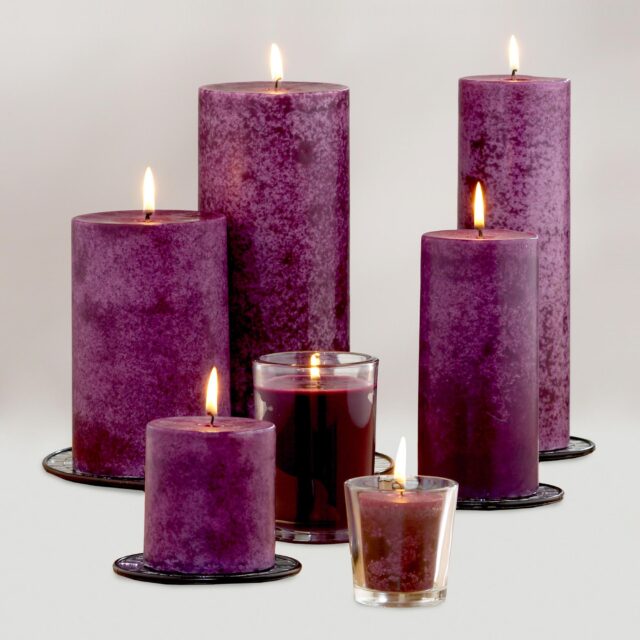The history of paraffin
Paraffin is extracted from coal, wood and shale oil. paraffin created from crude oil by a geologist, Abraham Gesner, for the first time in 1807. The cost of producing paraffin was high at that time, but after finding new sources of paraffin and inventing cheaper methods for producing paraffin, the price of this material decreased too. Production of paraffin in solid form, is called paraffin wax, but the liquid form is called paraffin oil. Paraffin is completely flammable and has a lot of energy.
Many chemicals are known as paraffin, including soft white or colorless solids and also flammable liquids made up of saturated hydrocarbons, usually resulted from the alkanes series in an oil refinery. The types of paraffin are listed below:
- Liquid paraffin: used in cosmetics and medicine.
- Paraffin wax: a solid type that is used as a lubricant and for other applications.
- Petroleum jelly: a type of soft paraffin
- Mineral oil: a type of petroleum distillate material
Definition of solid paraffin
Paraffin wax (petroleum wax) is a solid substance that is colorless, soft and derived from petroleum, coal or even shale oil, which consists of a mixture of hydrocarbon molecules with twenty to forty carbon atoms. In fact, the paraffin which is available in solid form is called petroleum wax, paraffin wax, or solid paraffin.
This substance is solid at room temperature and melts at temperatures above 37° C (99° F). Its boiling point will be above 370° C (698° F). Solid paraffin is colorless, tasteless and odorless. Paraffin has a low melting point. The color of paraffin wax will be different depending on the amount of oil and the transparency of this material.

Different types of solid paraffin
As mentioned before, the types of solid paraffin are different and these different models of paraffin will be divided into several categories based on the percentage of fat. The application of each of them is unique and you can use different types of solid paraffin available in the market according to your needs.
Crystal solid paraffin (light)
This type of paraffin has a lower weight compared to its other types, and fewer people are familiar with it. Crystal solid paraffin is used as a crude paraffin that can be mixed with any amount of oil. The basis of this type of paraffin is wax, and crystal paraffin can be obtained by sweating it.
Industrial type paraffin
In order to know what the industrial type of paraffin is, we must say that the highest purity can be found in this paraffin; because the purification operation is done on it completely and the pure transparency of paraffin can be seen in it. Industrial paraffin is extracted in different ways.
In one of these methods, they will mold the wax. Then we will have access to impure paraffin by using equipped devices and also by using wax sweating. The paraffin should be purified with the help of sulfuric acid in this stage.
In another method, which called acid process, they first melt the wax. Then experts use a centrifuge to separate the impure paraffin, and after drying the extracted product, we get impure paraffin. They use sulfuric acid here again and refine the paraffin in this way.
Fine crystal type paraffin (heavy)
Heavy paraffin are find in the market and so more people know this type of paraffin. Nearly 90% of the paraffin that people are familiar with, are types of microcrystalline paraffin. The common point of this paraffin with light paraffin is the ability to add oil to it, and it will be more consistent with the customer’s order in this case. The wax that creates fine crystalline paraffin, is a heavy wax that a special temperature requires for extracting this type of paraffin.

Application of all types of solid paraffin
- It will be used in beauty salons as a skin softener and also in spa treatments on hands, cuticles and feet.
- It is used to relieve pain in joints and muscles
- Candle making by using solid paraffin
- For lubrication
- It is used as glue
- For waterproof coating in wood
- It is used in agriculture to produce fertilizers and pesticides
- Use in electrical insulation
- Granular solid paraffin is used in the rubber industry
- In producing color pencils
- As a waterproof material
- As wax paper
- Paraffin is used in medical science for treatment through heat therapy, and it can increase blood flow, relax muscles, reduce joint stiffness, and help relieve muscle spasm and inflammation.
- Various types of paraffin have been used in lamps and lanterns as the main source of lighting in the past centuries, before the invention of electricity.
Manner of keeping all types of solid paraffin
- It should be stored in a dry, cool place and away from moisture.
- It should be protected from physical damage and keep in proper ventilation conditions.

Why shouldn’t we use types of paraffin a lot?
All types of paraffin are byproducts of petrochemical industry, which means that their production is not sustainable and they are not environmentally friendly. In fact, this substance must be purified with a high proportion of bleach and other pure chemicals, which are harmful for the environment.
Paraffin itself is an oily substance with an unpleasant smell and using it is not very pleasant. So the manufacturers will add preservatives, fragrances, and also chemicals containing perfume to paraffin so that it can be used, and these additional substances can also irritate sensitive skin.
Even if no other substances are added to it, paraffin will sometimes cause irritation and inflammation by itself. This substance creates a waterproof condition on the skin, which can block the skin pores and cause problems for oily skin or acne-prone skin.

